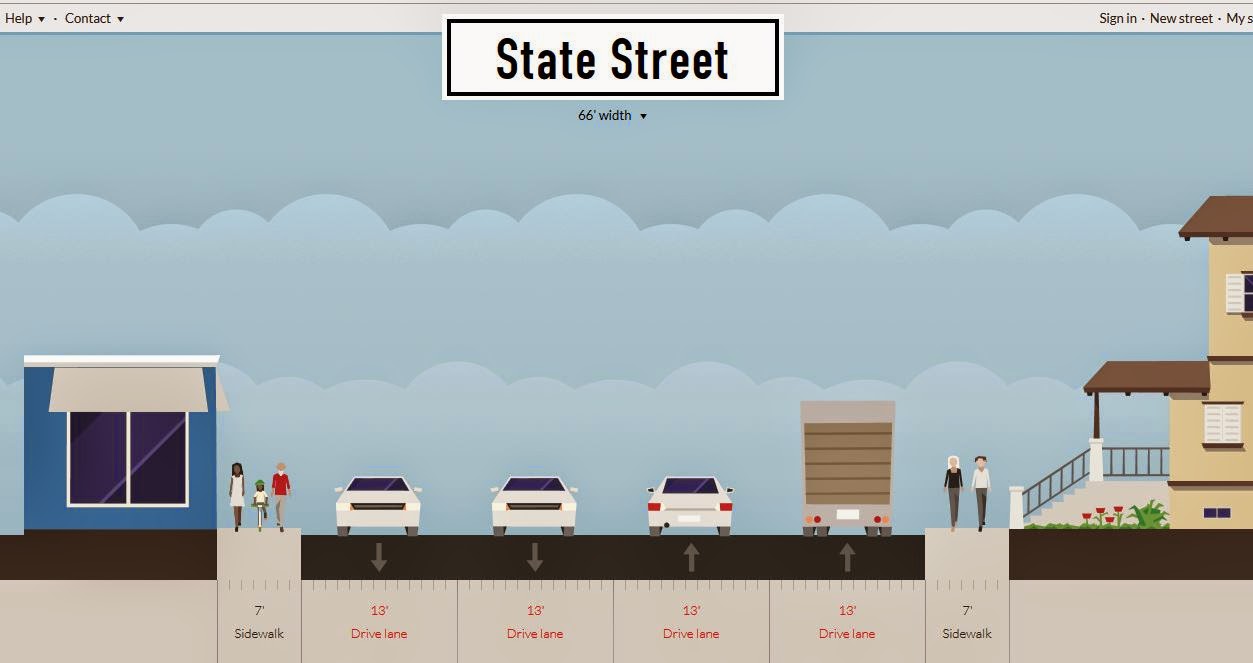One of them yesterday evening resulted in injuries fatal today to a woman who was crossing the street.
Rebecca Schoff was the eighth person on foot to be struck and killed this year by a person driving a car.
Previously:
Tow Truck Operator Strikes and Kills Woman Crossing Mission Street
 |
| Crash Site: Ford jogs with two T-intersections |
The Salem Police Traffic Control Unit is investigating a pedestrian/vehicle crash that left an adult female with life-threatening injuries.
Today at approximately 5:43 pm, Salem Police officers were dispatched to a report of a pedestrian/vehicle crash that occurred on Mission St SE and Ford St SE.
When officers arrived on the scene, they found that 29-year old Rebecca Schoff of Salem had been struck by a Bales and Brady Tow Truck that was being driven by 35-year old Timothy Hall of Salem. Hall remained at the scene of the crash and cooperated with investigators.
The investigation showed that Rebecca Schoff had been crossing Mission St SE at Ford St SE in an area that had no crosswalks, marked or unmarked. Timothy Hall was driving the tow truck on Ford St and was turning left onto westbound Mission St when he struck Schoff while in the special left turn lane on Mission St. Schoff was transported to Salem Hospital with life-threatening injuries.
No arrests have been made and no citations issued at this time, and the investigation is continuing. Anyone with information on this crash is asked to contact the Salem Police Department at 503-588-6123.

















































